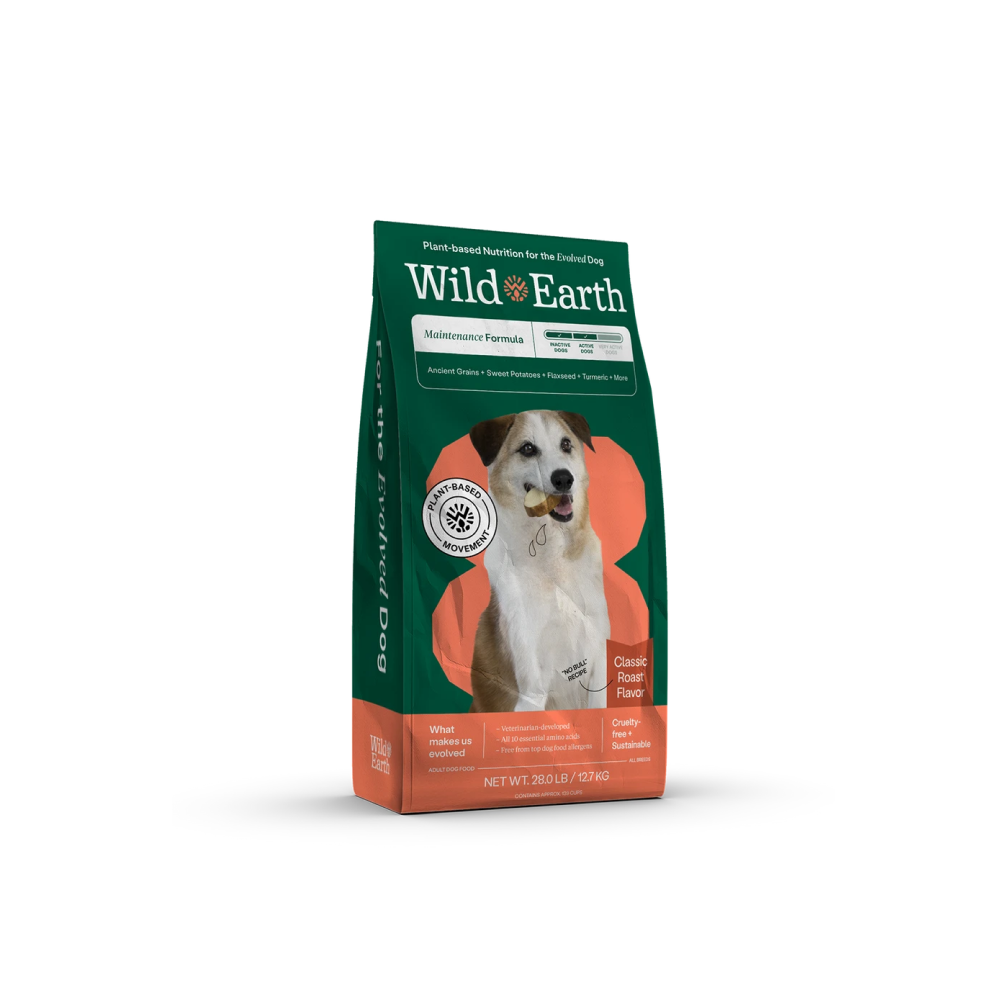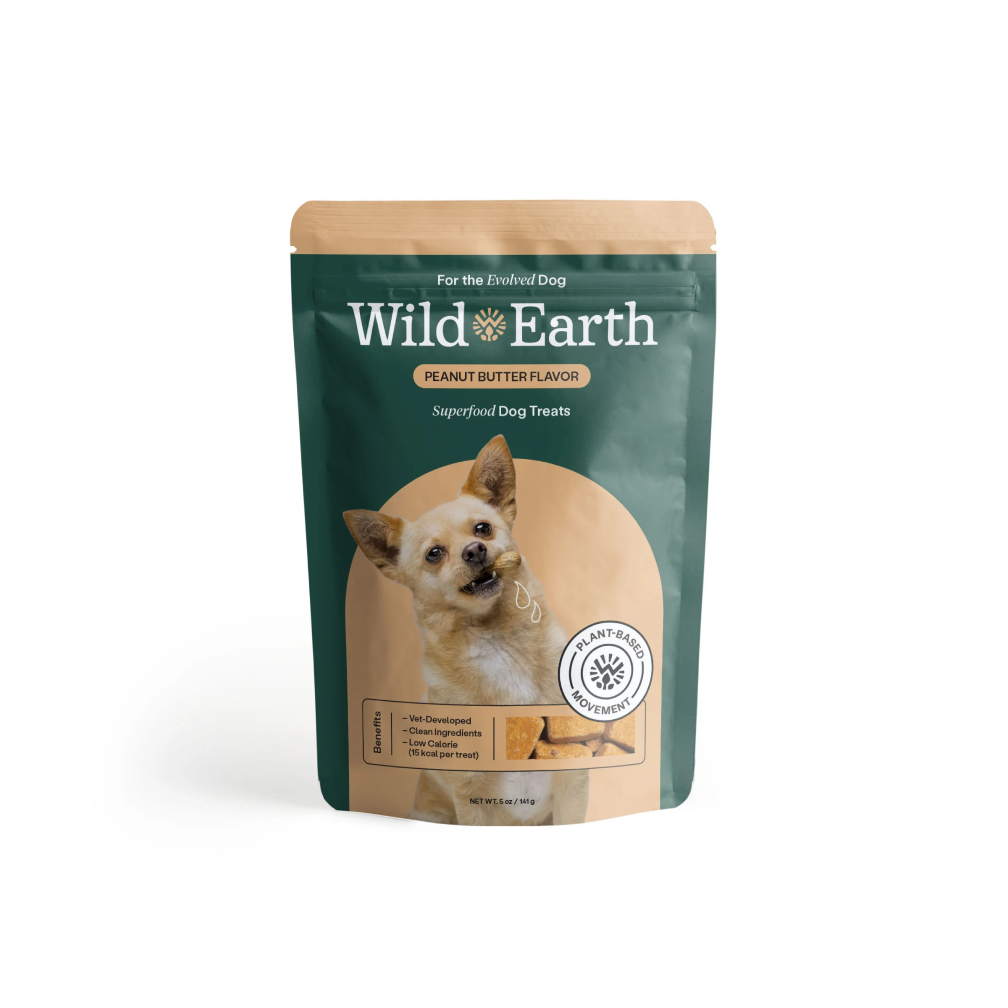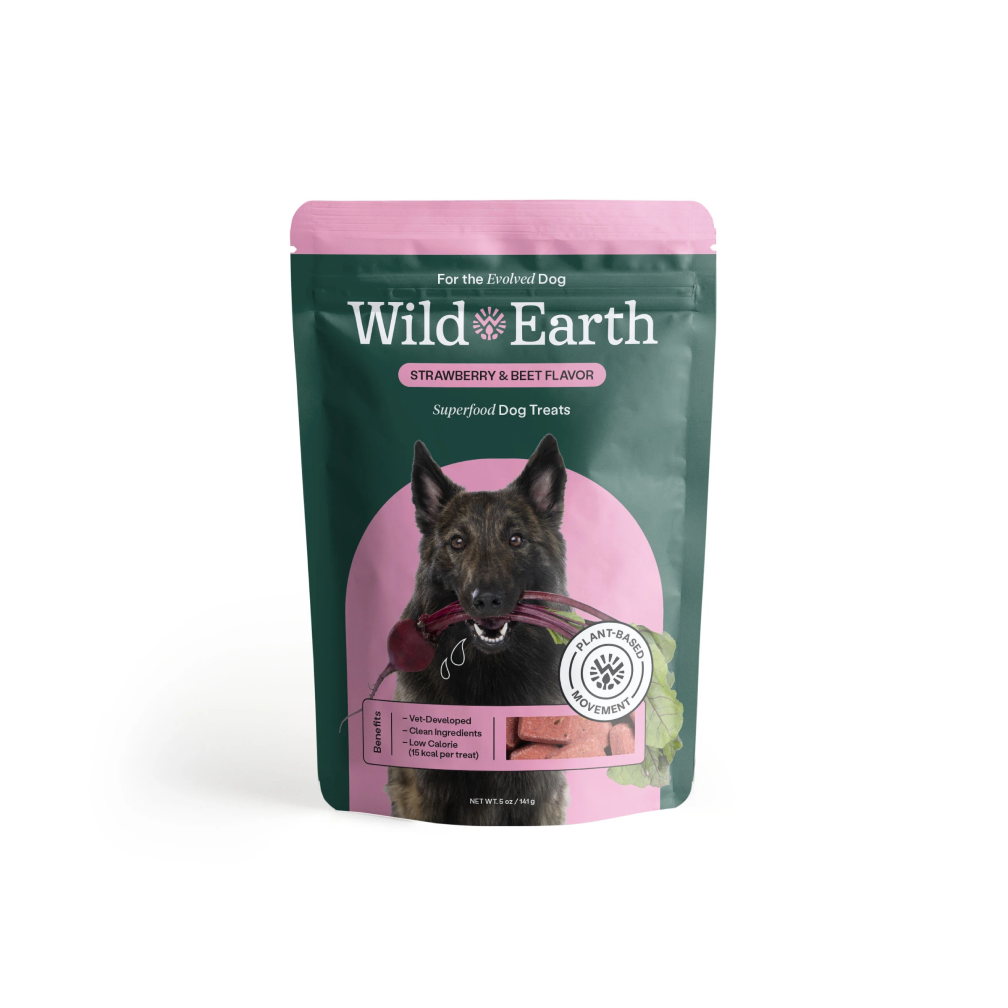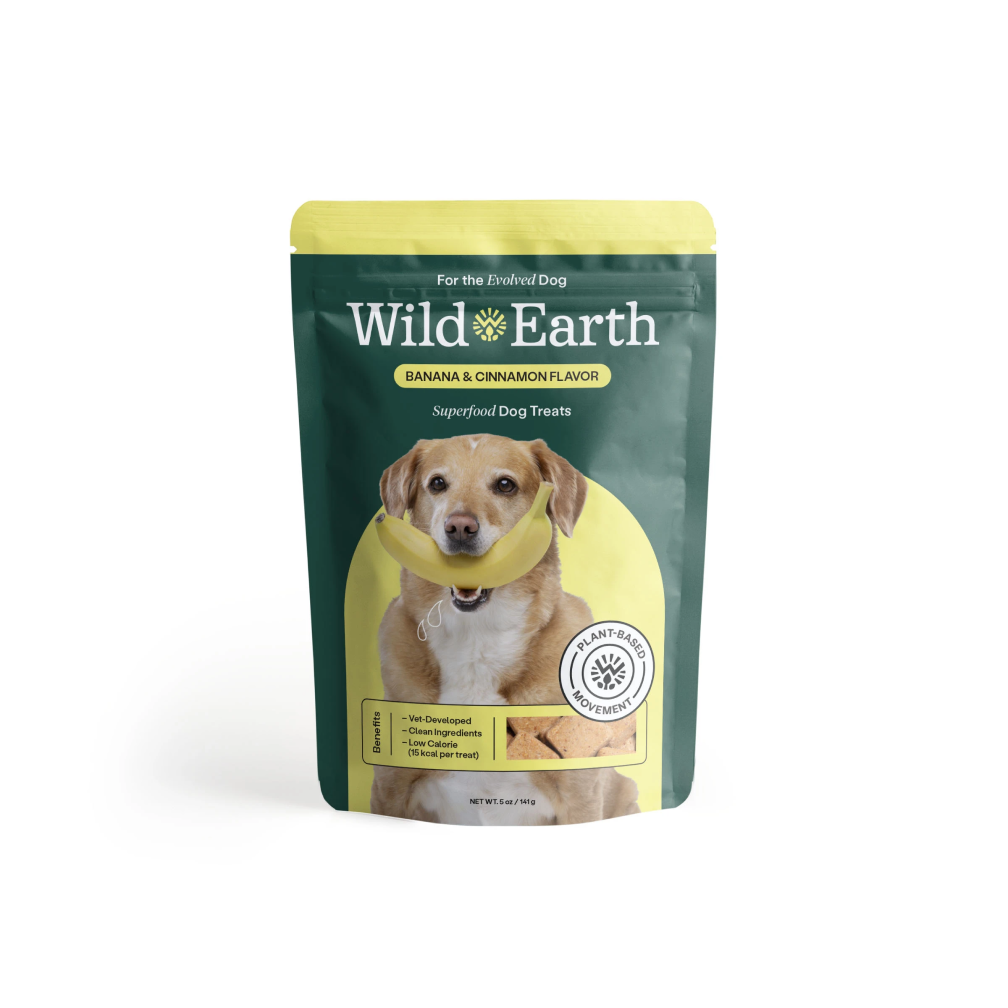Can dogs eat figs? The answer is: yes, but you should be careful because figs can cause an upset stomach for some dogs. Figs are a type of fruit that comes from trees and there are many different types of figs. Some figs have seeds in them while others do not. No matter what kind of fig you feed to your dog, make sure they don't eat too much or it could lead to health problems. Let’s learn more about what figs are and how they can impact the health of your dog.
What Are Figs?
Figs are a type of fruit that comes from the fig tree, they grow in clusters and have a strawberry-like shape. Fig trees produce one crop per year which is usually harvested between November and January. Fig season lasts for about six months with peak season occurring around Christmas time.
Figs contain high levels of fiber, potassium, calcium, magnesium, and copper so they make an excellent snack to eat before bedtime or after eating heavy foods such as meat dishes or pasta. This can help prevent heartburn by promoting good digestion while providing relief from constipation caused by consuming large amounts of pasta or too many fatty meats (chicken). Additionally, figs contain iron which helps regulate red blood cells thereby preventing anemia.
Figs are composed nearly entirely of water, which explains why figs make an excellent thirst-quencher that is also rich in potassium and magnesium. Figs can be eaten raw or cooked with honey to help satisfy a sweet tooth craving while providing an energy boost due to the high levels of minerals found within figs.
They may not be as fresh since they will have been sitting on the shelf longer than other fruit options like apples or bananas so it’s best to purchase figs from local
The Benefits Of Feeding Your Dog A Fig
- Figs being a low-calorie, high in fiber food.
- Figs are beneficial for dogs with digestive problems because they provide the healthy bacteria required to promote digestive health and help support proper digestion.
- Figs can also be used as an appetite enhancer Feeding your dog figs may stimulate their desire to eat so that you don't have any undernourished pets around the house."
- One of my favorite things about fig trees is how easy it is to pick fresh figs from the tree! I always find myself climbing up into our taller fig tree (we live on a corner lot) and picking some off while we're walking by on walks through the neighborhood. Fig trees like lots of suns
- A healthy gut. Figs are also rich in fiber, which helps with digestion and can help to soothe your dog's stomach or prevent diarrhea.
- Figs contain soluble fiber that is essential for maintaining digestive health; figs act as prebiotic agents that promote the growth of good bacteria in the intestines - figs are helpful for dogs dealing with chronic bowel issues such as diarrhea
- Figleaves may provide symptomatic relief from abdominal pain caused by colic gas (flatulence)
- Many people believe fig leaves can ease symptoms of gastrointestinal distress like vomiting and constipation when used externally on the abdomen, they make an excellent natural cold compress if you're ever stuck without one.
Potential Risks Of Feeding Figs To Dogs
Dogs can eat figs. Fig is a fruit that has many benefits for people but some risks when it comes to dogs. Fig contains a lot of natural sugars which could be detrimental to their health if they have too much and the dog's stomach isn't used to fig yet. Dogs also cannot digest fig so there is the risk of them experiencing gastrointestinal distress with fig as well. The best thing you can do for your pup when feeding them fig is introduce small amounts gradually over time until the item becomes more customary then increase portion sizes accordingly."
Feeding figs to dogs is not advised. The fig plant has several seeds, and the leaves contain an irritant called oxalic acid that can cause gastrointestinal upset in some animals including humans (although for most people it does not create any problems). There are many varieties of fig trees (over 2000) so there may be others that produce figs without these side effects; if you have seen your dog eat figs with no ill effect then they might just tolerate them better than other breeds or individuals. It is always best to check with your vet before giving fig products to your pet because each animal will respond differently from person to person as well as breed-to-breed.
How To Safely Feed Your Dog A Fig
Figs are high in sugar and can cause dogs to become hyperactive. Be sure your dog has a full stomach before feeding it figs so that the fig doesn't induce vomiting or diarrhea.
Make sure figs have been thoroughly washed with water first because they contain pesticides that may injure their digestive tract if ingested unpurified.
There's another type of fig called Ficus carica that is poisonous to pets, so keep an eye out for that as well!
If you have dried figs around (and your dog does not like figs), then these should be ground into a powder before feeding them as is; ensure that you don't feed too much of this
Ripe fig flesh can be fed whole to small dogs or cut up in pieces for larger breeds. The skin should always be removed unless it's organic because the pesticide residue on nonorganic skins could cause digestive problems such as vomiting, diarrhea, anorexia, and constipation due to alimentary toxic leukemia syndrome. Organic fig leaves may also potentially contain pesticides from being sprayed with insecticides
Your dog will enjoy eating figs because they're delicious and easy on their digestive system! Dogs should not eat large quantities of figs at one time. It's recommended that you only feed your dogs about one fig per day until you know how much it takes to make them sick; then adjust accordingly from there so that they do not overfeed themselves with figs.
Other Related Dog Articles








































